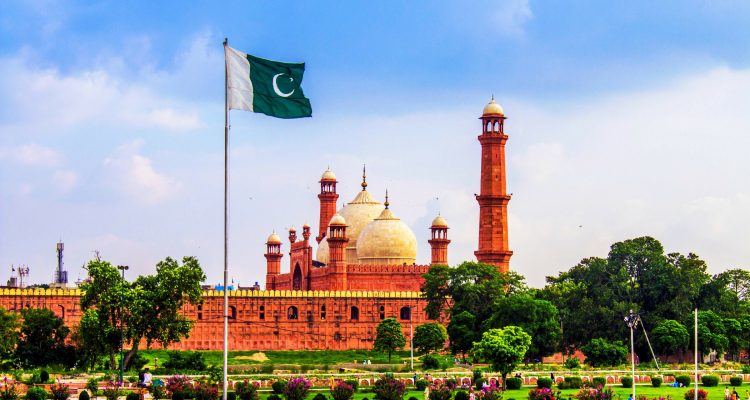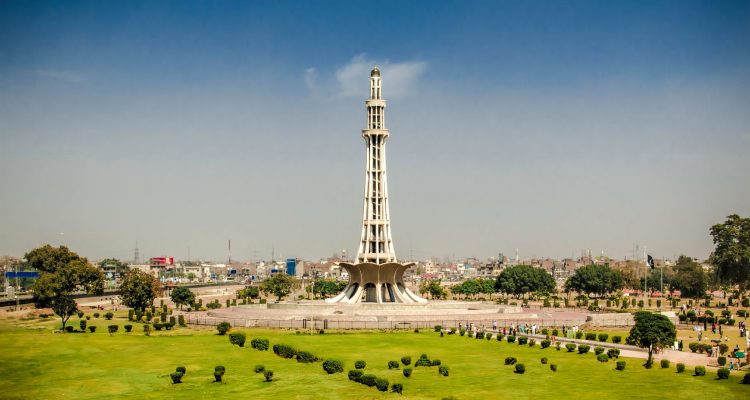The Badshahi Mosque is also known by the name of “Emperor’s Mosque” as it was built in 1673 by the side of Mughal Emperor Aurangzeb in the city of Lahore. It is mentioned to be known as one of the best-known landmarks and is also one of the famous tourist attraction epitomizing the beauty and grandeur of the Mughal era. This mosque is on the whole capable of accommodating over 55,000 worshippers as Badshahi is the second largest mosque in Pakistan. Its construction designing is much closely related to the Jama Masjid in Delhi, India as which was built in 1648 by Aurangzeb’s father, Emperor Shah Jahan.

History of Badshahi Mosque
The mosque built as to be under the patronage of the sixth Mughal Emperor, Aurangzeb Alamgir. It finished in the year 1673 just as under the supervision of Aurangzeb’s foster brother Muzaffar Hussain. Later on, he was appointed the governor of Lahore in May 1671. He was also Master of the side of Ordnance to the emperor. It took almost two years to get it finished as from May 1671 to April 1673. The mosque somehow built opposite the Lahore Fort that is all the more illustrating its stature in the Mughal Empire. Some of the extensive range of the repairs were carried out from 1939 to 1960 at the cost of around the 4.8 million rupees. The blueprint for the repairs was somehow on the whole prepared by the late architect Nawab Zen Yar Jang Bahadur.

What is unique in the Badshahi Mosque?
In the year 2000, the repair work of the marble done under the supervision of Saleem Anjum Qureshi. On top of the occasion of the second Islamic Summit held at Lahore on February 22, 1974, there were almost thirty-nine heads of Muslim states who offered their Friday prayers in the Badshahi Masjid. It was led by Maulana Abdul Qadir Azad, the ‘Khatib’ of the mosque. A small museum has also been added just recently in the complex as which consists of relics of Muhammad, his cousin, and his daughter, Hazrat Fatima Zahra.

What to See Inside Badshahi Mosque?
The whole mosque gives out the impression of being bold and much majestic looking in expression. The interior has been all set with the rich embellishment in stucco tracery all along with the paneling with a fresco touch. It has the exterior with the stone carving as well as marble inlay on red sandstone. The embellishment was all set with the Indo-Greek, as well as Central Asian and Indian architectural as to influence both in technique and motifs. The skyline has beautifully furnished by beautiful ornamental merlons inlaid with the medium of the marble lining adding grace to the perimeter of the mosque. The floor has been cut and dressed bricks with marble and Sang-i-Abri lining forming Mussalah.

If you have been in Lahore and did not visited Badshahi Mosque then visit this place right now! You would fall in love with it!





